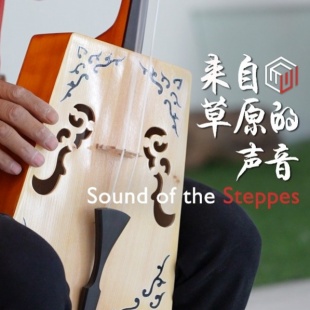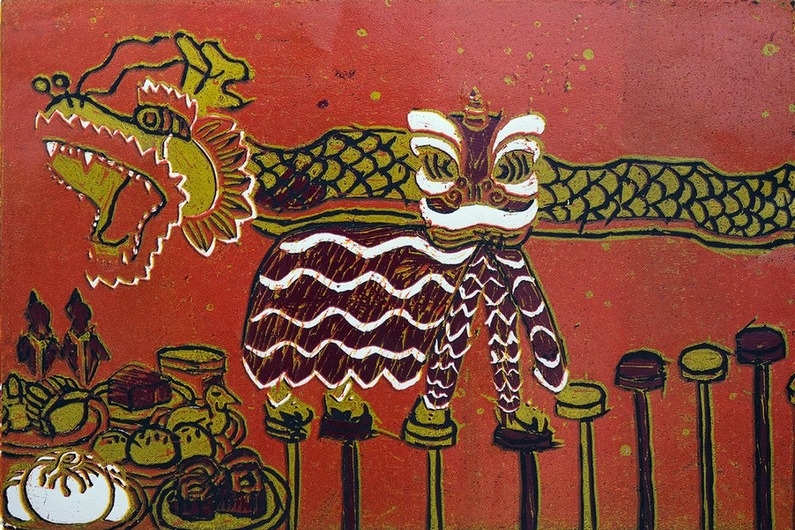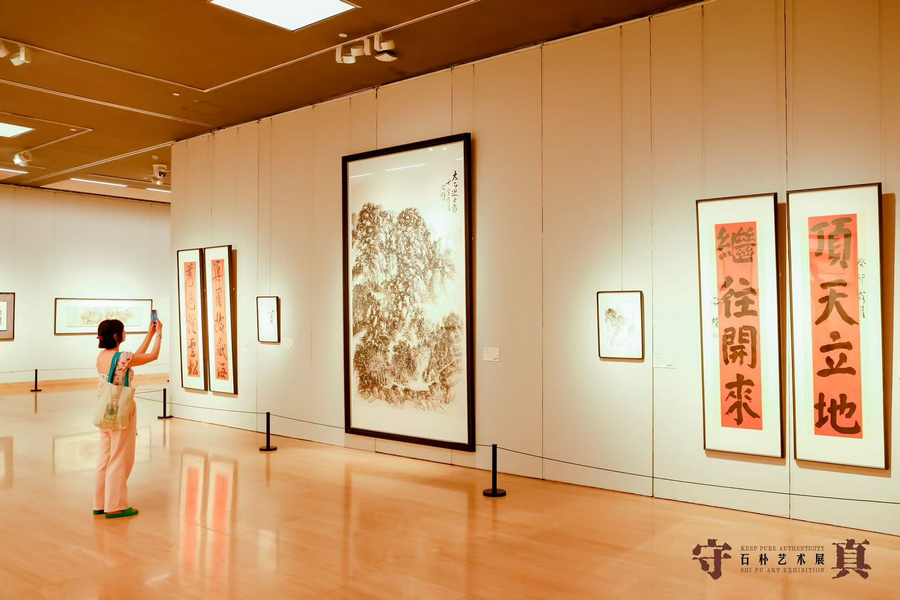Sound of the steppes


In 1978, he began to learn how to make the morin khuur and seven years later, he completed his inaugural instrument. Fueled by a deep passion for ethnic culture, he has remained unwavering in his dedication to this craft for four decades, never once setting aside his tools.
It takes about two to three years to make one instrument. The process commences with the selection of materials. The morin khuur's body is traditionally hewn from a solitary piece of seasoned wood, selected for its resonance and strength.
Ulji emphasizes the necessity of sun-drying the wood for a period ranging from five to 10 years. Inadequate drying poses the risk of shrinkage or warping, ultimately compromising the instrument's sound quality.
Then, the wood is meticulously shaped by the experienced hands of artisan to reach the desired size and curvature.
Carving a horse's head into the instrument's neck imbues it with the spirit of the majestic animal, which symbolizes the rhythm of life. Created with precision and attention to detail, the horse's head serves as not only a decorative element, but also a testament to the deep bond between the Mongolian people and their horses.
"I love horses. When I was a child, I enjoyed riding my horse on the grasslands. One of my favorite Mongolian songs is about a horse winning a competition. The lyrics convey the beauty and strength of the horse," says Ulji.
"So, when I carve the horse's head on the morin khuur, I want to make it vivid and elegant, with a refined head, almond-shaped eyes and long ears."
Once the body and horse's head have been finished, the instrument is fitted with strings. Traditionally made from horsehair, they are now often made from nylon thread.
Finally, the morin khuur is carefully tuned, and each string is adjusted to make the perfect sound, a delicate process that requires patience and skill.
In 2003, Ulji devised a new type of morin khuur, which has been warmly received by buyers, by introducing a curve to the normally flat front and back of the instrument's trapezoid-shaped body.
"The slight change to the resonance box has impact on the air flow, reinforcing the sound," he explains.
The air flow inside the body of the instrument, like breathing, is crucial for it to produce sound, he adds.





































